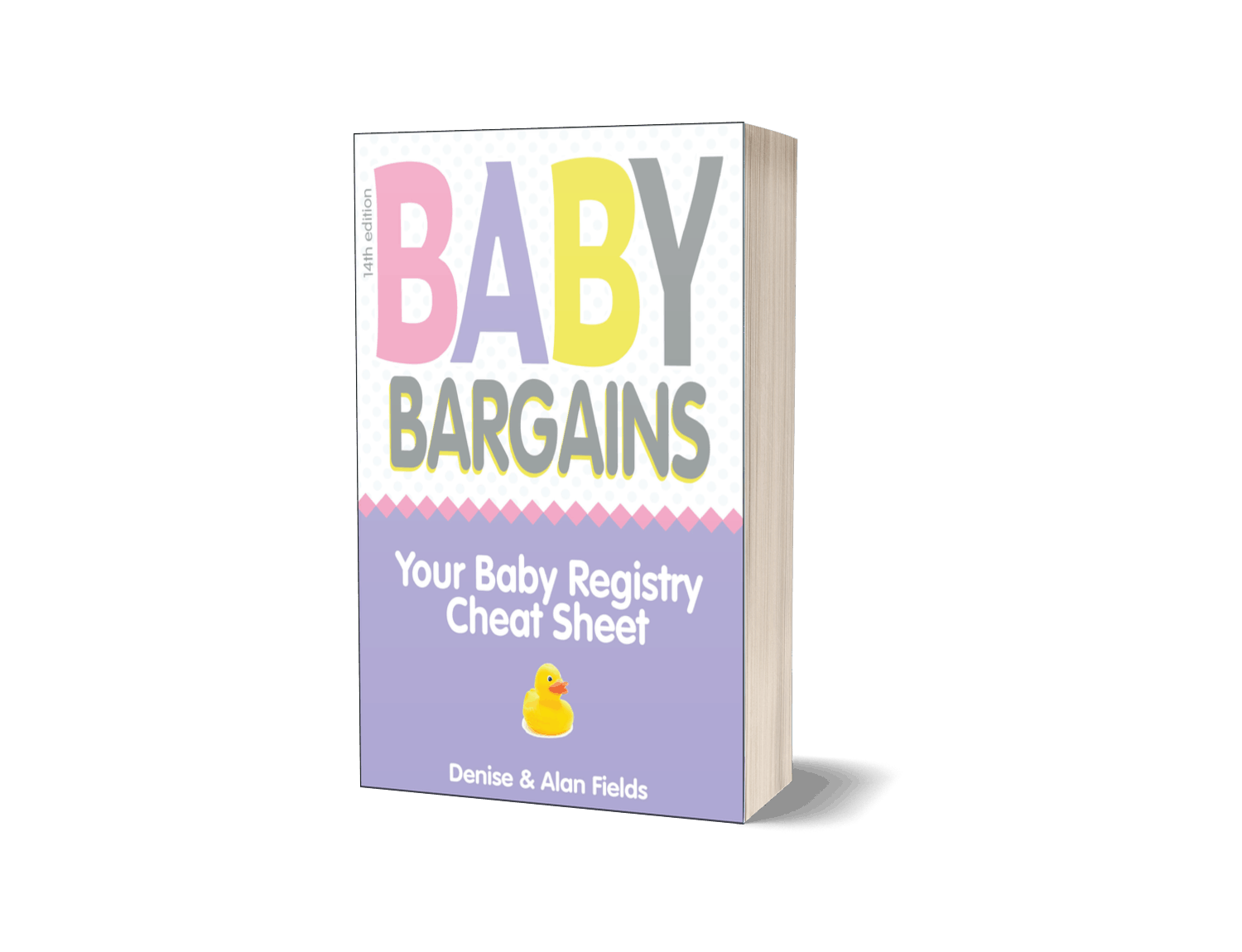High chair injuries are on the rise, said a recent study in the journal of Clinical Pediatrics. A 22% increase in the number of high chair-related injuries was reported from 2003 to 2010. Media headlines soon followed causing, naturally, anxiety among parents with young kids. (At first glance, the figure was startling to me, too.)
We don’t believe that high chairs are less safe than in years past. The rise in the number of hospital visits for head injuries is likely due to more concussion awareness, as the article states. Awareness is a good thing although can inflate the numbers.
At the same time, there is room to improve safety. We’ve seen the roll out of new designs that are all about high-tech comfort and less about safety. More often chairs are coming with reclining features yet are still marketed as ‘newborn friendly’. That means instead of putting a kid in a high chair at four or five months old when solid foods begin, parents are starting earlier. The thing is…Earlier start + not using the restraint system = more injuries.
Heed the warnings and check out the safety tips from the AAP before making the leap to a high chair:
- Make sure the high chair you cannot be tipped over easily.
- If the chair folds, be sure it is locked each time you set it up.
- Whenever your child sits in the chair, use the safety straps, including the crotch strap. This will prevent your child from slipping down, which could cause serious injury or even death. Never allow your child to stand in the high chair.
- Do not place the high chair near a counter or table. Your child may be able to push hard enough against these surfaces to tip the chair over.
- Never leave a young child alone in a high chair, and do not allow older children to climb or play on it because this could also tip it over.
- A high chair that hooks on to a table is not a good substitute for a freestanding one. If you plan to use this type of chair when you eat out or travel, look for one that locks on to the table. Be sure the table is heavy enough to support your child’s weight without tipping. Also, check to see whether your child’s feet can touch a table support. If your child pushes against the table, it may dislodge the seat.
Ari Brown, MD


 We obsess over gear for families . . . so you don't have to. Baby Bargains has one mission: help you find the best gear for your family and home with unbiased reviews by experts with 20 years of experience. At prices that don't break the bank. When you purchase a product from links on this site, we make a small affiliate commission. Learn more
We obsess over gear for families . . . so you don't have to. Baby Bargains has one mission: help you find the best gear for your family and home with unbiased reviews by experts with 20 years of experience. At prices that don't break the bank. When you purchase a product from links on this site, we make a small affiliate commission. Learn more 
